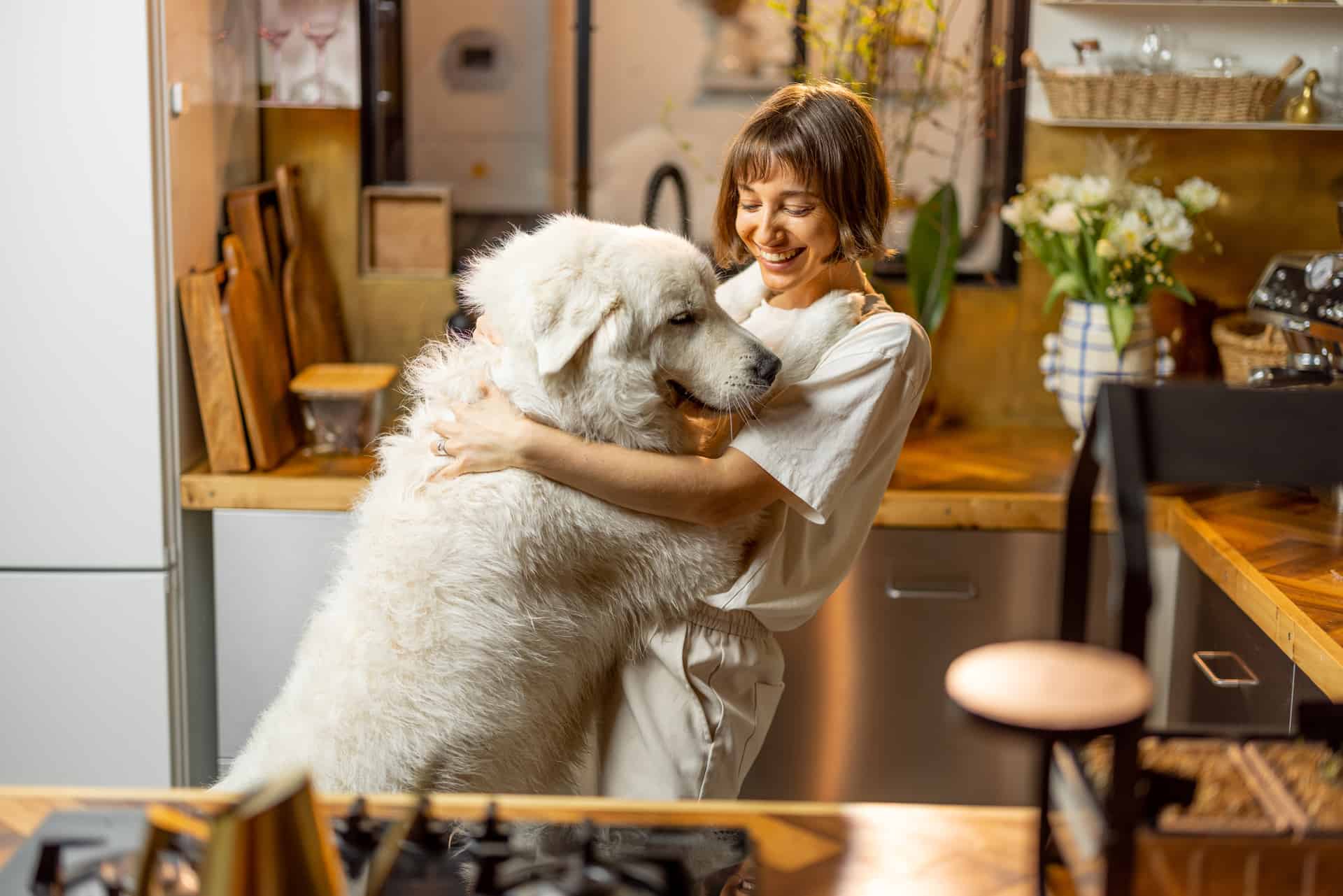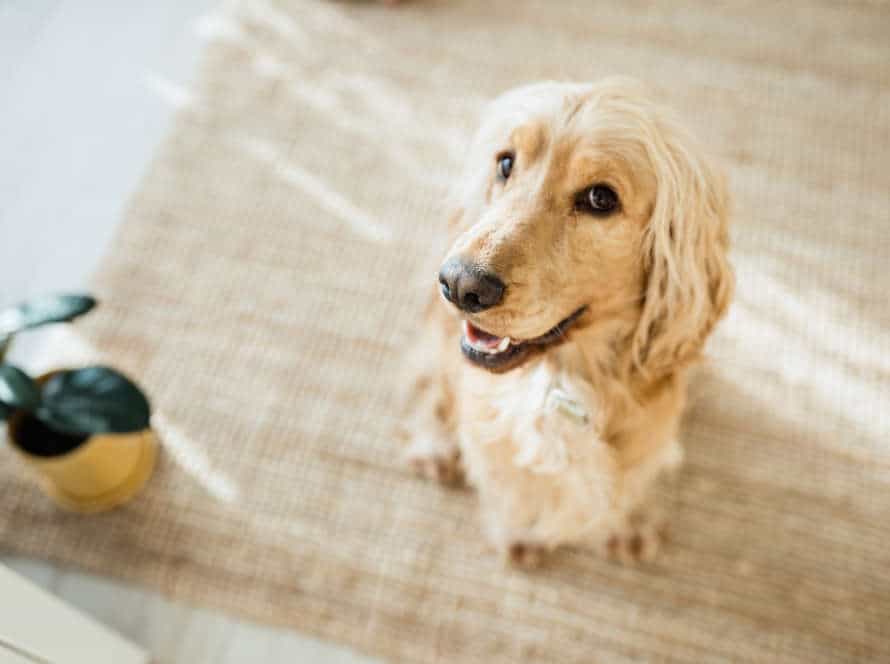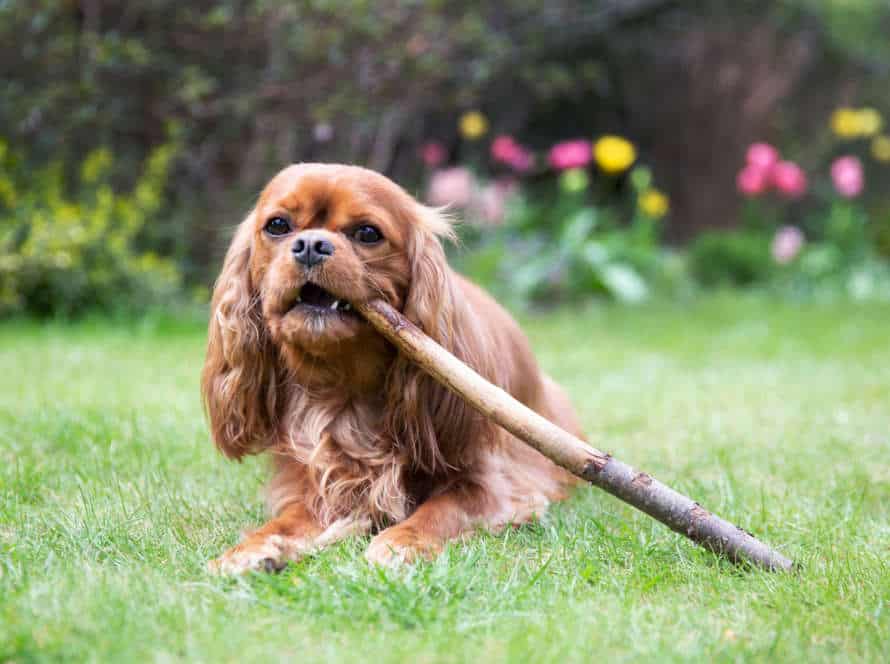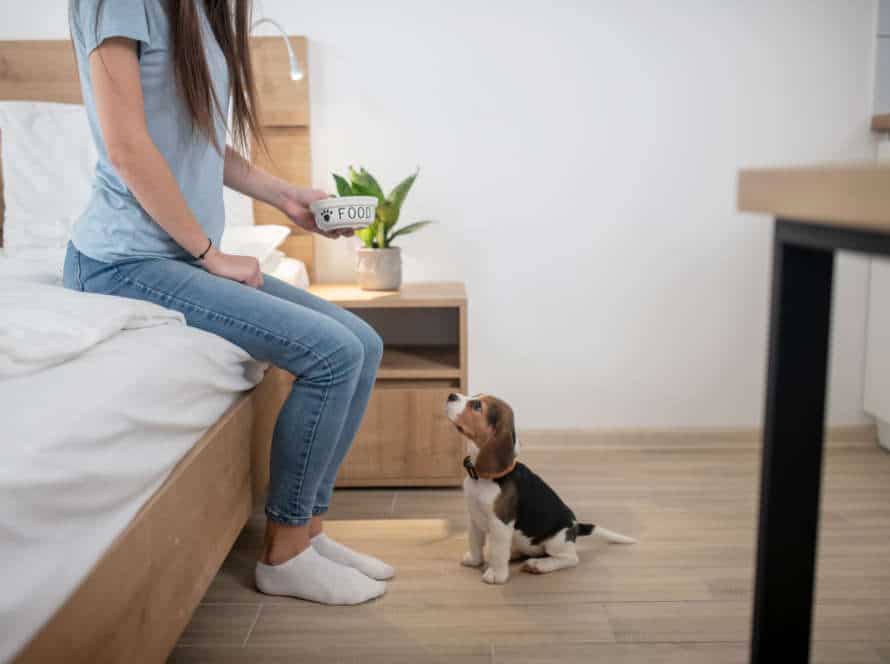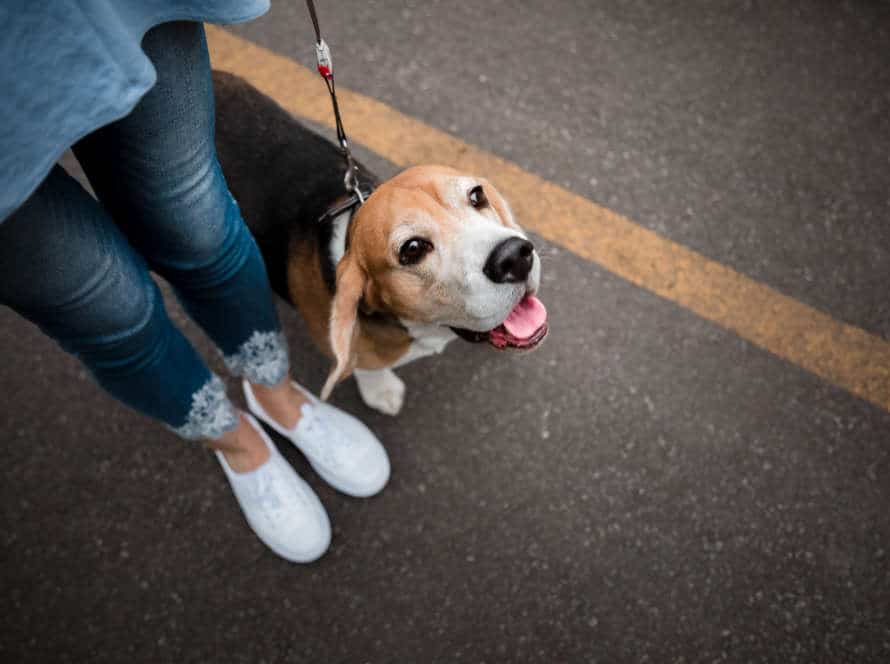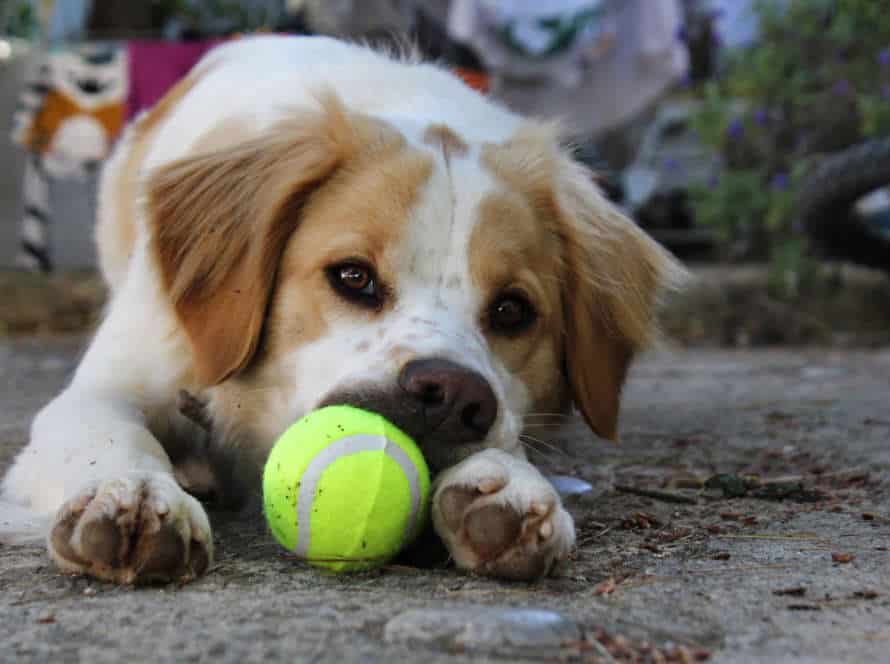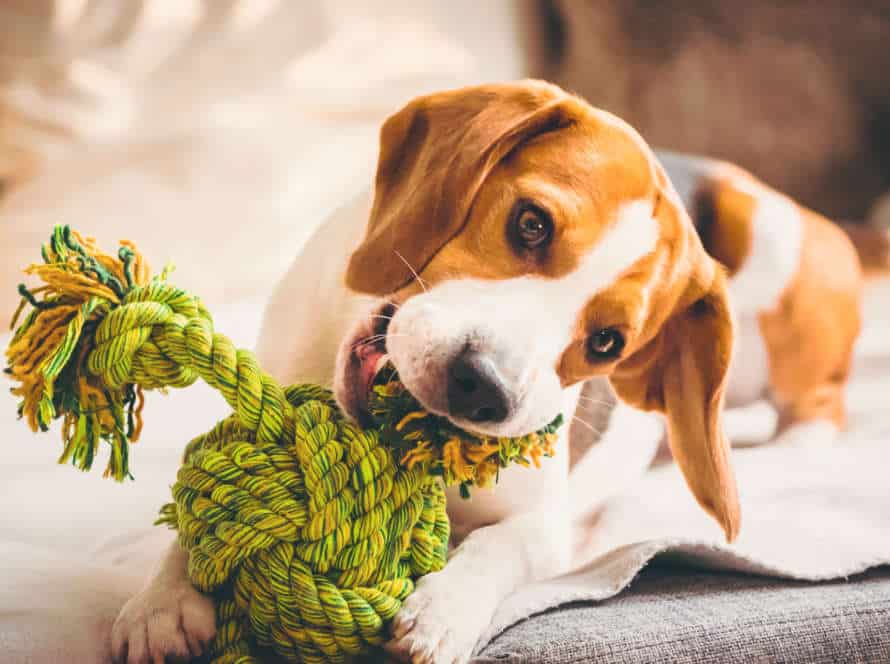Understanding the Basics of House Training an Adult Dog
House training an adult pup can seem tough, but it doesn’t need to be scary. With patience and consistency, you can accomplish it! Key to succeeding is knowing the basics of house training. Like creating a routine and planning ahead. Here’s what you’ll need to do:
- Set a routine.
- Be consistent.
- Plan for success.
- Be patient.
Differences between house training a puppy vs. an adult dog
House training a puppy and an adult dog vary a lot. Puppies have weaker bladders, needing to go out every hour during the first weeks. In comparison, adult dogs can hold their bladder for longer, just 2-4 times a day. Adult dogs may have set bad elimination habits, but puppies adjust faster to training. Training methods also differ. Adults respond better to positive reinforcement due to their prior training. For successful house training of an adult dog, patience, consistency and close supervision is key.
The Importance of Patience in House Training
House training an adult dog can be tricky. Patience is key. Different dogs learn at different speeds. Punishing your pup won’t help – being consistent, positive and rewarding is the way to go. Don’t rush it! Patience plus consistency plus positivity equals success. Celebrate success, and remember that house training is a process. Be patient and you’ll get there!
Crate training vs. Paper training
House training an adult dog can be tough. But, it’s important for a happy and healthy life with your pet. Two popular ways are crate training and paper training. Each has good and bad points.
Crate training is putting the dog in a crate or carrier when resting or unsupervised. It’s like a den-environment which dogs like and it helps them learn to control their pee and poop.
Paper training is teaching the dog to go on a pad or paper. This is great for owners who can’t take the dog out often or for dogs who can’t hold it for long.
Which house training method works best depends on the dog’s age, breed, and personality. Also, the owner’s lifestyle and preferences. Consistency, routine, and positive reinforcement are all essential for a successful house training experience.
Preparing for House Training an Adult Dog
House training an adult pooch may be tricky, yet it’s totally achievable! Before you start, be sure to gather supplies and organize the environment. From crate training to making a housebreaking routine, this section will talk about the important things to consider when beginning house training.
Setting a Routine
House training an adult dog may seem overwhelming. However, a routine can make it easier for both of you! Here are a few tips:
- Set up a feeding schedule. Feed your pup at the same time each day and take them outside right after.
- Create an exercise routine. Go for walks or play with them at the same time each day. This will also help them learn a bathroom routine.
- Choose an elimination area in your yard. Consistently take them there.
- Have a sleeping area for your dog and stick to a routine.
By having a routine, you can help your adult dog adapt quickly and learn good bathroom habits.
Basic Commands Training
Adult dog house training? Get ready with basic commands training! It sets boundaries, encourages communication, and makes house training easier.
Five basic commands you need to teach your pup:
- Sit – he’ll stay on his haunches til you give the next command.
- Stay – he won’t move until released.
- Come – he’ll come when called.
- Heel – he’ll walk with you, no tugging.
- Down – he’ll lie down & wait for the next command.
Be consistent with commands & use positive methods like treats & praise. Master these & you & your pup can handle house training with ease.
Choosing the Best Cleaning Solution for Messes
Training an adult dog can lead to messes. To keep hygiene and prevent it from happening again, use the right cleaning solution. Below are some tips to help you pick the best one:
- Check the label if the product is pet-friendly and safe for the surface you want to clean. Enzymatic cleaners work well on carpets and fabrics. Sprays are great for hard surfaces.
- Think about the type of mess you’re dealing with. For urine, feces, and vomit stains, enzymatic cleaners are the best options. Soap and water can be used for mud and dirt. Follow up with a towel.
- Consistency is important in house training. So, stick to one solution to make sure your dog learns the right behavior.
Pro Tip: Have paper towels and an enzymatic cleaner ready for quick clean-ups.
House Training Techniques
House-training an adult pup can appear intimidating. Yet, it’s a vital task for pet parents. The good news is, there are some tried-and-true strategies to make it easier. Let’s examine the various methods and examine the advantages and disadvantages of each.
Positive Reinforcement
Positive reinforcement is an efficient way to house train an adult dog. The basic idea is simple – reward your pup for good actions, so they’ll keep doing it. Here are some tips:
- Immediately reward proper behavior. When your dog eliminates outside or resists chewing furniture, give praise and a treat.
- Be consistent. Use the same rewards and positive reinforcement for when they do it right.
- No punishing. Instead, guide them towards good behavior and reward them when they get it right.
Positive reinforcement not only teaches them quickly, but also strengthens the bond between you and your pup.
Consistent Rules
Establishing consistent rules and routines is key when house training adult dogs. Here are some tips to help:
- Create a schedule for eating, drinking, exercising and going outside to eliminate.
- Use the same commands for going outside to eliminate, e.g. “go potty” or “do your business“.
- Limit access to certain areas of the house with baby gates or closing doors.
- Be patient and consistent in training.
- Reward good behaviour with positive reinforcement.
Avoiding Punishment
House training your adult dog can seem tough, yet with positive reinforcement you can be successful without the need for punishment. Here are some tips to assist in avoiding punishment while house training:
- Make a regular schedule for feeding, playtime and potty breaks. This will help your pup comprehend when it’s time to go outdoors to pee/poop.
- Use a cue word/phrase to show it’s time to eliminate. Reward your pup right away after they finish their business outside.
- Monitor your pooch indoors and stop accidents by keeping them in a crate or a confined spot when you can’t watch them.
- If you spot your dog eliminating indoors, jar them with a loud sound and take them outside quickly.
By using positive reinforcement and following a routine, you can house train your adult dog without negative reinforcement.
Troubleshooting House Training Issues
House-training problems can occur even with adult dogs. Especially when you try to alter existing behavior. It can be tough and irritating for pet owners when their pooches make the same blunders. Here, we’ll talk about the common issues that arise during house-training an adult dog and how you can successfully troubleshoot and address them.
Separation Anxiety
Separation anxiety is a common problem faced by dog owners while house training adult pooches. It can be difficult to manage, but with patience and the right training techniques it can be conquered! Here are some tips to help:
- Start small – leave your pup alone for short periods and gradually increase the duration.
- Designate an area for them to chill in – such as a crate or special room.
- Provide interactive toys or puzzles for them to play with when you’re away.
- Don’t make a big deal of leaving or arriving – this can only heighten their anxiety.
- If the problem persists, consider seeking professional help from a trainer or behaviorist.
It will take time and patience, but a consistent and positive approach can help your pup get used to being by themselves.
Marking and Dominance Behavior
Marking is a common dominance behavior seen in adult dogs that have not been house-trained properly. To avoid this in the future, there are some steps you can take:
- Clean the places your dog has marked with an enzymatic cleaner, so the scent is gone.
- Restrict access to the marked area. Put up baby gates or close doors for a few weeks, gradually increasing access.
- Give your pup lots of exercise and mental stimulation to stop them from marking from boredom or stress.
- Try using a belly band, which is made to stop marking behaviors.
- With consistent training and rewards, you can stop your adult dog from marking inside.
Regression
Regression is a common challenge for dog owners training adult dogs. It’s just part of the process, but there are ways to beat it.
Common causes of regression include changes to the dog’s routine, medical issues and stress. Here are some tips to troubleshoot house training and avoid regression:
- Reward good behavior with treats, praise and play.
- Maintain a consistent schedule for feeding, exercising and taking breaks.
- Create an inviting outdoor space for your pup to go potty.
- Make sure the designated potty area is easily accessible.
- Address any health problems that may lead to incontinence or accidents.
- Address environmental stressors.
With patience and consistency, you can house train your adult dog. Pro tip: Don’t punish them for accidents – focus on positive reinforcement instead.
House Training Outside the Home
House training an adult dog away from home can be tricky. Don’t fret though! With the correct approach and plenty of patience, it can be achieved. This guide will look at the advantages and disadvantages of house training outside the home. It’ll also explain the steps needed and offer helpful hints to make sure it works out!
Generalization of House Training Beyond the Home
House training a pup is not just about teaching them to pee and poop in the right spot at home. It also includes teaching them to do so outside the home and in various situations. Here’s a thorough guide to house training adult dogs away from the home:
- Create a consistent routine for your pup, taking them outside to go potty at regular intervals.
- Teach your pup a special verbal command for going potty.
- Reward your pup for going potty outside and never punish them for messes indoors.
- Slowly introduce your pup to different outdoor locations and disturbances to fortify their training.
- Track your pup’s diet and water intake to reduce accidents.
- Be patient and consistent in your training, and don’t give up if it takes longer for your pup to learn.
Pro-tip: Utilize positive reinforcement and give treats to your pup for successful training outside the home. It will help them learn faster and create a tighter bond between you and your furry companion.
Traveling with a House Trained Dog
Vacationing with a house trained pup can be a calming and excellent experience for both you and your fluffy friend. Before you go, it’s important to teach your dog house rules outside of the house and prepare them for a new setting.
Here’s what to do for effective house training outside of home:
- Begin by taking your dog to new places for short periods.
- Extend the length and distance of outdoor trips for potty breaks.
- Give treats and verbal praise after each successful potty break.
- Bring your dog’s usual house training supplies on the trip, like waste bags and cleaning spray.
- Stick to your pup’s regular feeding and potty break times as much as you can.
With consistent and patient training, your grown-up dog can stay house trained even when traveling in new or strange places.
Introducing New Environments to Your House Trained Dog
Introducing new places to your house-trained pup can be daunting. But, with the right training, it can be done! Training outside the home needs patience, consistency, and rewards for good behavior. Here are some guidelines:
- Introduce your pup to the new environment slowly, in calm and quiet areas.
- Bring treats and reward good behavior, like sitting or staying when you command.
- Gradually make distractions more intense as your pooch adjusts.
- Stick to commands and reward consistently.
- Be patient and give them time to get used to the new place.
By following these steps, you can successfully train your adult dog to behave in new environments and keep them a well-behaved pet!
Frequently Asked Questions
Q: Is it possible to house train an adult dog?
A: Yes, it is possible to train an adult dog to use the bathroom outside or on a designated spot indoors.
Q: How long does it take to house train an adult dog?
A: The timeframe for house training an adult dog can vary depending on the individual dog’s age, breed, and temperament. However, with consistent training and positive reinforcement, most adult dogs can be fully trained within a few weeks to a few months.
Q: What are some common mistakes to avoid when house training an adult dog?
A: Some common mistakes to avoid include punishing the dog for accidents, not providing enough opportunities for the dog to go outside, and not being consistent with the training methods.
Q: What are some effective training methods for house training an adult dog?
A: Effective training methods include establishing a consistent routine, using positive reinforcement for good behavior, and providing frequent opportunities for the dog to go outside or use a designated indoor spot.
Q: Can using a crate help with house training an adult dog?
A: Yes, crate training can be an effective tool for house training an adult dog as it establishes a routine and provides a designated area for the dog to rest and eliminate.
Q: Should I use pee pads for house training an adult dog?
A: It is not recommended to use pee pads for house training an adult dog as it can confuse them about where it is appropriate to eliminate. It is best to establish a routine for outside or designated indoor spot use.

